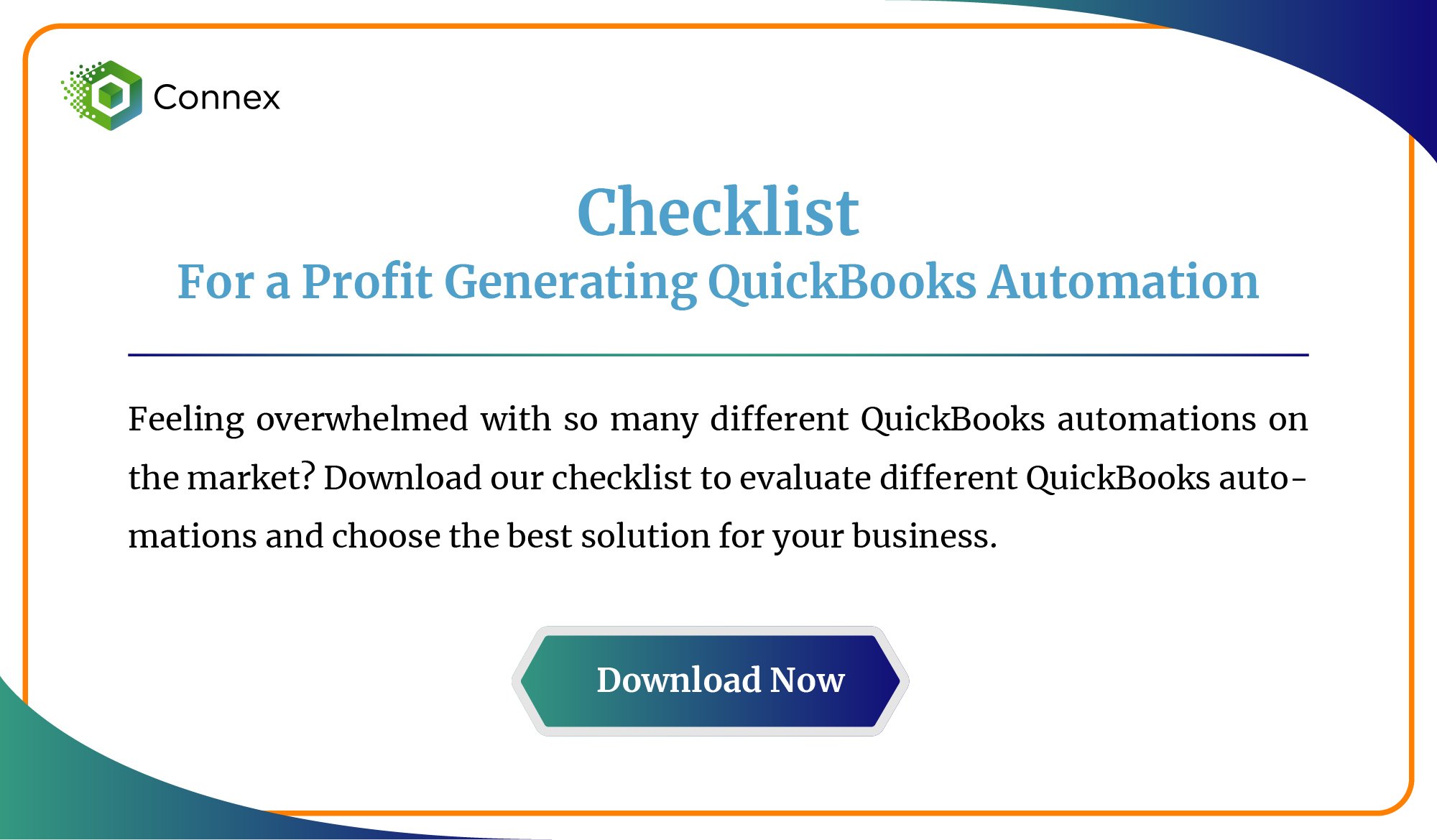The Top 5 E-Commerce Challenges and How to Overcome Them
As the world continues to move more and more of its business activities online, e-commerce platforms have become an essential tool for entrepreneurs and business owners.
Overcome these Top 5 E-Commerce Challenges for a Successful Business
Are you thinking of launching an e-commerce store? If so, you know the potential benefits of growing your business online. But while there are many advantages of running an e-commerce platform, there are also several potential challenges you should be aware of.
This article explores the top five e-commerce challenges you may face when growing your business, making money, and running your company.
We'll also provide tips on overcoming these challenges and making the most of your e-commerce store. Whether you're just starting in the e-commerce world or are an experienced veteran, this post will help you take your business to the next level. So let's get started!
The Challenge of Managing Inventory
According to research from the National Retail Federation, managing inventory is one of the biggest challenges of using e-commerce platforms for growing a business. Keeping accurate track of your products and meeting customer demands can take time and effort.
Fortunately, you can do a few things to make it easier. Automating your inventory management systems with software can help keep track of incoming orders, back orders, product availability, etc., which can help streamline the process.
Tips to Overcome the Challenge of Managing Inventory
First and foremost, it's important to track your inventory closely. This means staying up to date on what you have in stock and what needs to be restocked. It's also important to accurately label items with correct product information and price tags, as this will help ensure that your customers get the right item for the right price.
Additionally, it's important to have a system for inventory tracking in place. This can include barcodes, serial numbers, or other methods of tracking. This will enable you to quickly and easily identify what you have in stock and what needs to be ordered.
Finally, it's important to monitor stock levels regularly so that you can adjust when needed. This will help you avoid overstocking or understocking your shelves. In addition, by monitoring stock levels closely, you can ensure that your customers can always get the items they want when they want them.
The Challenge of Shipping Logistics
Managing the shipping of products to customers is a major challenge for e-commerce businesses. It requires careful planning, accurate forecasting, and frequent monitoring to ensure that customer orders are fulfilled promptly and cost-effectively.
As noted by Shopify, e-commerce businesses must pay close attention to inventory management, order processing, last-mile delivery, and customer service to be successful.
Each area has challenges, such as rising shipping costs and delayed deliveries. However, by creating a strong shipping strategy, businesses can provide an efficient and effective shopping experience for their customers.
Tips for Overcoming the Challenge of Shipping Logistics
Regarding shipping logistics, there are a few key factors to consider. First, you should decide whether to use an outsourced logistics provider or handle the shipping yourself. An outsourced logistics provider can help you save time, money, and effort by providing various services such as order fulfilment, product packaging, and tracking. However, this can come with additional fees.
It's also important to consider the geographical reach of your business. You need to decide if you want to ship domestically or if you want to expand your reach to international customers. This is another factor that will affect your choice of the logistics provider. To ship internationally, you must consider different customs requirements, taxes, and regulations.
Finally, when setting up your e-commerce store, you must ensure that your shipping costs are clear and easily visible to customers. Many customers may be discouraged from purchasing from your site if they need to know what the delivery charges will be. Therefore, ensure that all shipping information is laid out for customers to make an informed decision about their purchase.
By taking the time to consider these key points, you can ensure that your e-commerce business has efficient and cost-effective shipping logistics in place. Doing so will help you save time and money, as well as help you provide a better service to your customers.
The Challenge of Defining Your Target Market
When starting an e-commerce business, the first and most important step is to define your target market. This means researching and understanding your ideal customer's needs, interests, and demographics.
Tips to Overcome the Challenge of Defining Your Target Market
According to research from Shopify, your success in e-commerce depends largely on your ability to target the right audience. To do this, you need to take a step back and consider who your ideal customers are.
Ask yourself questions like: Who are they? What do they do? What are their interests? What are their needs? Once you clearly understand who you're targeting, you can move on to crafting your messaging, creating content, and executing your marketing campaigns with the right people in mind.
It is also important to consider what platforms you will use to reach your customers. Create a presence on popular social media platforms and ensure you target your ads for the right demographic. You should also create a website specifically tailored to your target market.
By focusing on your target market, you can ensure that you deliver a product or service that will appeal to them and build long-term customer relationships.
You can also use this information to adjust your marketing efforts and focus on areas where you can get the most return on investment. Ultimately, understanding your target market will help you to create an effective e-commerce strategy that will drive growth and success for your business.
The Challenge of Dealing with Returns
Returns are an inevitable part of any e-commerce business. The challenge for e-commerce businesses lies in managing the process and making it as easy as possible for customers.
According to Shopify, "Return policies should be clear and concise so that customers know what to expect when they purchase from you. In addition, a good policy will protect your business from potential problems, such as people taking advantage of your store's policies."
Tips for Overcoming the Challenge of Dealing with Returns
When it comes to returning policies, having clear expectations is key. Most companies offer some type of return policy, such as a money-back guarantee, a limited-time window for returns, or a replacement policy.
E-commerce businesses must create a fair return policy and provide customers with a hassle-free return experience. This includes providing a refund or exchange, ensuring an easy and convenient way to return the items and offering customer support.
When setting your return policy, consider the cost of handling returns and any other potential costs associated with the process. It's also important to let customers know your policy upfront so there's no confusion later.
The Challenge of Building Customer Loyalty
Customer loyalty is one of the most important factors for success in the e-commerce world. Developing a strong relationship with your customers is essential to create repeat customers and long-term relationships. In addition, you'll need to provide an outstanding customer experience, offer great products and services, and give customers incentives to return.
Tips for Overcoming The Challenge of Building Customer Loyalty
The first step to building customer loyalty is to define what it means for your business. Next, consider what kind of customer service you will provide, how often you communicate with customers, and what rewards you can offer to encourage customers to return.
Once you have a clear plan, it's time to build customer relationships. This can include offering discounts or promotions, engaging with them on social media, creating an email newsletter that provides useful content and tips, or even hosting events or webinars.
Finally, make sure that you measure the success of your customer loyalty program.
This can include tracking customer satisfaction ratings, analyzing customer retention rates, and measuring the number of sales from loyal customers.
By putting these strategies into practice, you'll be able to develop a strong customer base and create lifelong relationships with your customers.
Ultimately, building customer loyalty takes time, effort, and dedication. However, the rewards are worth it when customers come back again and again, bringing more revenue into your business.
Wrapping Up
At Connex, we've seen firsthand the struggles e-commerce businesses face regarding growing their business, making money, and running their company. The truth is using e-commerce platforms for your business can bring several challenges, but with the right strategy and tools in place, you can conquer them all.
With Connex for QuickBooks, you can simplify and automate tasks like inventory management, shipping logistics, return handling, customer loyalty building and more. Additionally, you can quickly and accurately match orders, inventory, invoices, payouts, sales tax, tracking details and more between QuickBooks, Amazon, and Shopify.
This allows you to manage your e-commerce business more efficiently, maximize your profits, spend less time and resources on manual tasks and grow your business effectively.
.jpg)



